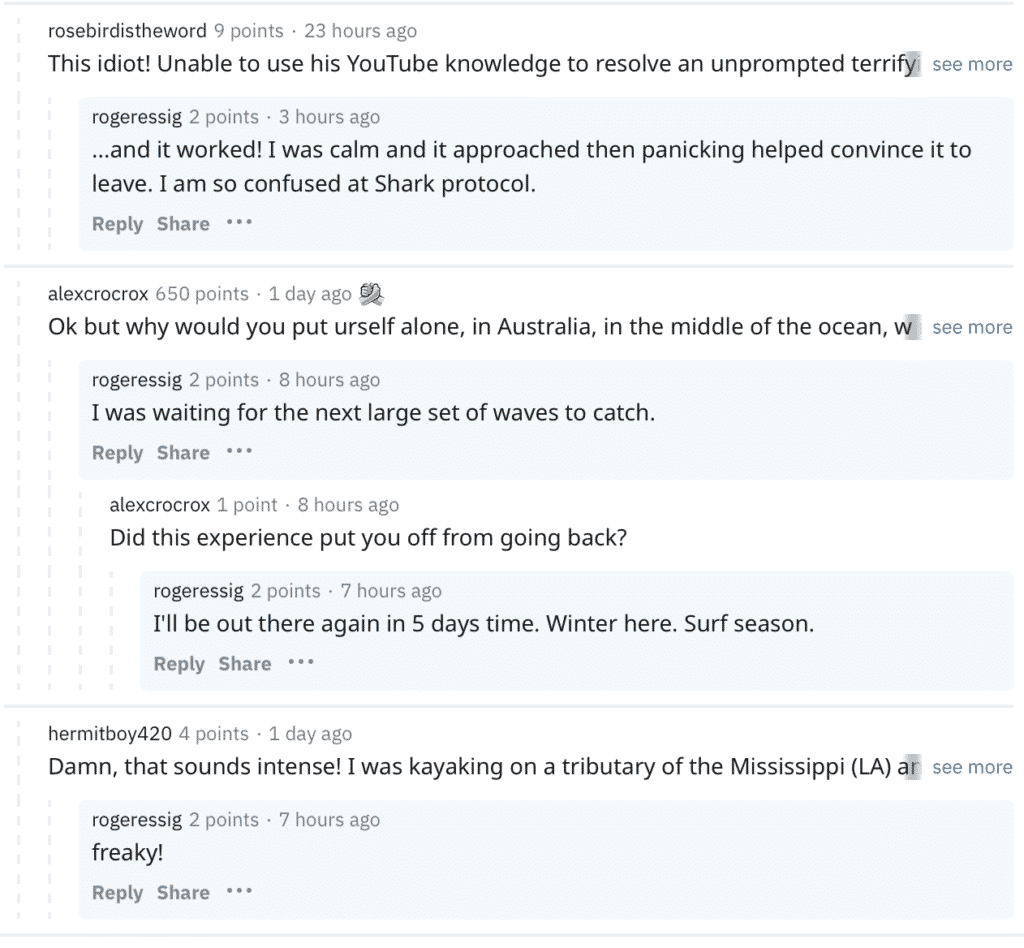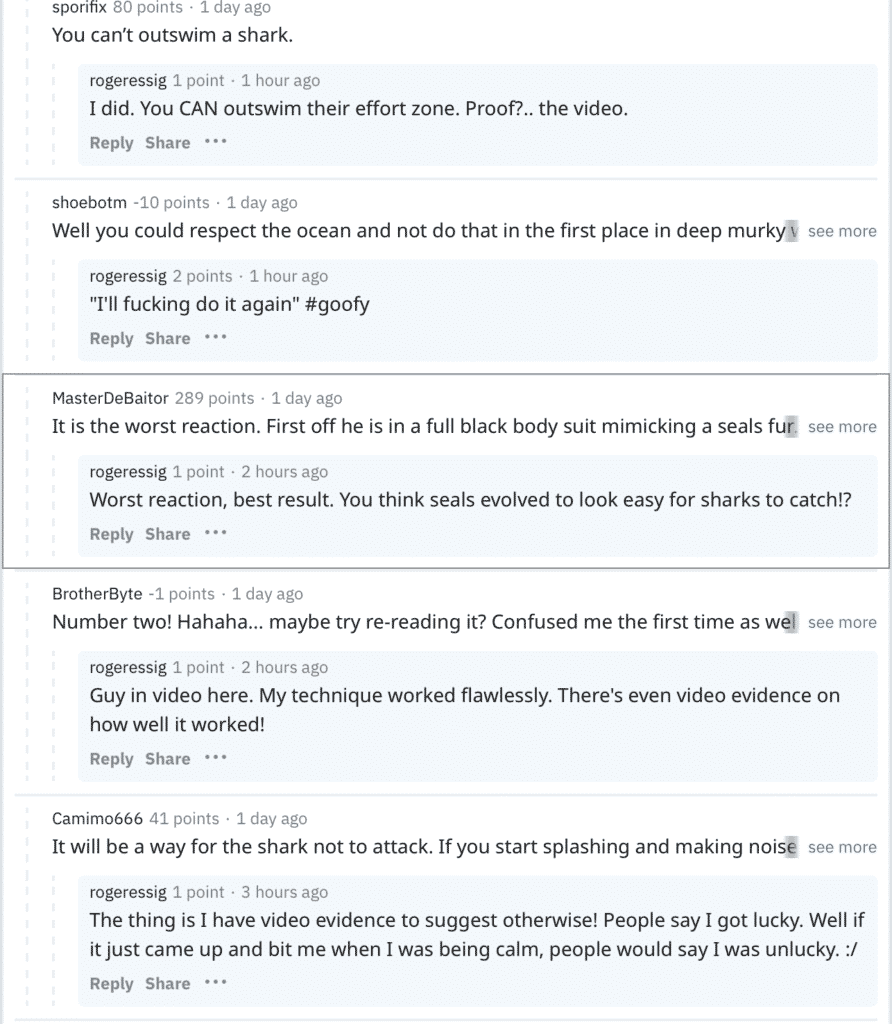A man for all seasons.
Encinitas, California’s Chris Cote drove five-ish hours north to Lemoore, last week, parked his 2019 Honda Odyssey base model mini van in a still-freshly paved parking lot surrounded by drought-tolerant shrubs, wandered through a wooden gate, into a wooden booth, sat down and began speaking about Filipe Toledo, Gabriel Medina, etc. across the World Surf League Surf Ranch Pro’s broadcast.
I know this because I was on the other end listening.
So were you.
I enjoyed Cote’s call, his repartee with Peter Mel, and wrote as much on our now-famous Open Thread. Many downvotes and angry “take-it-backs” ensued.
Later, after Longtom wrapped the event, TodaysEmpiresTomorrowsAshes wrote, “Cannot be emphasised enough the absolute joke of a commentator that is Cotes. He’s a pre-pubescent boy trapped in the body of a middle-aged man wrapped in the wardrobe of a 00s So-Cal high schooler.”
How does Cote feel?
Let’s ask.
How do you feel about the criticism?
I use it for humility purposes. I’ll sift through all the criticism and read “Cote’s a wanker,” or whatever, and am thankful that I’m not getting death threats like Joe Buck. But, really, that’s the reason I go on and read BeachGrit comments. If anyone gives a constructive bit of criticism I take it to heart. A lot of it is just the same old kinda name calling though. It’s been happening since I started Transworld Surf but, you know, if they’re not talking about you, you’re doing something wrong.
How difficult is it to call Surf Ranch?
I’ve been doing it long enough now, trying to come up with news ways to describe the same thing. I put a lot into the simple things, like trying to not repeat words, or use triggering phrases, maybe the stuff we said in junior high that’s not appropriate now. I also try to entertain myself. At Surf Ranch, I was adding Wu-Tang references, working Steely Dan in. It’s pretty wild how close people listen. You can go four hours mistake free but one wrong pronunciation, getting one name wrong, that’s what everyone remembers.
Does the World Surf League give specific directions on what you can or can’t say?
We’re a lot freer than most people think but, at the end, I’m working for a client. Their directive is, “This is a professional sport. Make sure it is called that way.” I’ve had clients that say, “Go off, have fun” and that’s what I’ll do, cussing and stuff, but that’s not the WSL. Regarding the positivity thing, I’m that way 24 hours a day anyway but when I’m calling a WSL event I’m a spokesperson for the client and working within their set of rules. There are a few things happening. We are trying to reach out and grow the audience while not alienating the core but can’t have newbies just listening to gibberish. I’ll defend the judges a lot, especially at Surf Ranch. How are you supposed to judge seven turns and two barrels that everyone is doing? It’s hard… I mean, not hard, they have the best job in the world. They get to watch pro surfing for a living just like me, but I think they are really good and rarely totally blow it.
How can WSL commentary improve?
Joe Turpel knows more about the history of competitive surfing than anyone. He is a fount of knowledge but I think so much of it comes down to personal preference about the sound of someone’s voice. Annoying catch phrases. I think it’s important to have a balance of accents and all that. The content, the story, is generally the same throughout the day. We are marketing for the next event, marketing for the championships, marketing for surfing in general. Most people know the stories of the surfers on the CT, already, but I think we can do a better job telling their stories more fully. That’s why it was so fun calling the World Surfing Games, recently. Every heat had so many storylines and so much human interest. It’s important to balance between the play-by-play and the color commentators. I really enjoy working with Pete Mel. Ross Williams is super fun too. They both know so much about surfing. I can’t, for example, criticize Kelly Slater if he falls unless it’s super obvious but those guys can and that makes for good commentary.
What other sport commentary do you enjoy?
Certain football games. Listening to golf commentary is, oddly, relaxing and engaging. I don’t think it gets better than baseball, though. The history of the game, the stats, the long periods of quiet followed by big action. The pacing is perfect for commentary which is why, I guesss, there are so many famous baseball commentators. Oh! F1 racing too. I just got into F1 and, man, is it fun to watch. From the booth to the car’s cockpit where you can hear the pit crew and all that. It is fun to listen to.
*Above photo from phenomenal Looking Sideways podcast and new book. Buy here.










